Monday morning while Vere slept, I worked on making changes and adding more background to my story that takes place in Lambesc. Our hostess stopped by to bring a new lightbulb for one that had gone out in the bathroom. While she was there, we mentioned having gone to Ventabren and she said her husband had built the restaurant. She highly recommended Dan B’s for dinner. We went online and got booked for Friday evening.
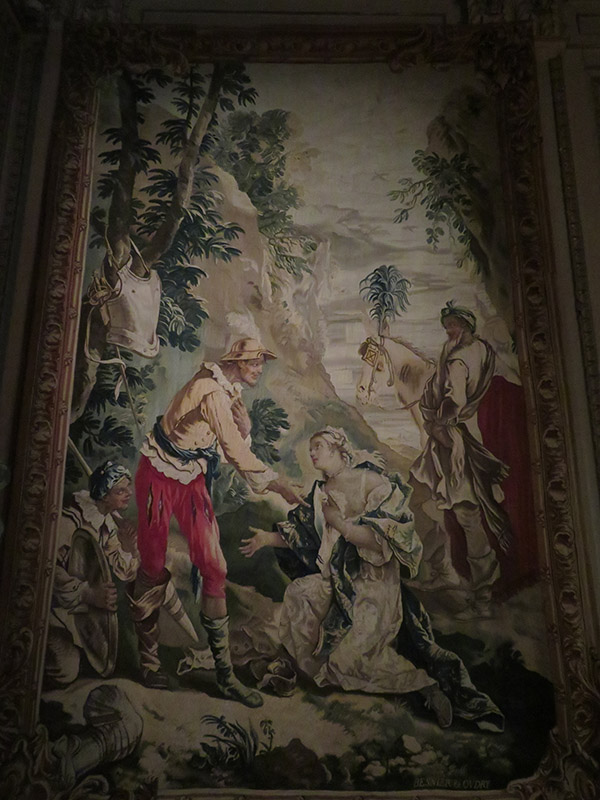 Our foray out that day was local, to the Tapestry Museum in the former Archbishop’s palace. There were only a few rooms, but they held gorgeous tapestries from the 17th and 18th centuries. There was a collection of what are called “Grotesques,” tapestries made in Beauvais in 1689, and some made in 1735, which illustrate the story of Don Quixote, written by the Spanish epic novelist Miguel de Cervantes. They were acquired by prelates or other ecclesiastical dignitaries to decorate their residences. Also included in the exhibit were costumes on display that had been used in modern operatic productions. Outside a window, one could see the enclosed interior square where tiers of seats and a stage were presently getting power washed for an upcoming operatic production.
Our foray out that day was local, to the Tapestry Museum in the former Archbishop’s palace. There were only a few rooms, but they held gorgeous tapestries from the 17th and 18th centuries. There was a collection of what are called “Grotesques,” tapestries made in Beauvais in 1689, and some made in 1735, which illustrate the story of Don Quixote, written by the Spanish epic novelist Miguel de Cervantes. They were acquired by prelates or other ecclesiastical dignitaries to decorate their residences. Also included in the exhibit were costumes on display that had been used in modern operatic productions. Outside a window, one could see the enclosed interior square where tiers of seats and a stage were presently getting power washed for an upcoming operatic production.
Then we went back to the Saint Sauveur Cathedral because today the cloister was open and a tour was beginning at 2:30. The gate to the cloister was unlocked and about twenty-five of us entered, then the gate was locked to limit attendance. This small cloister with a square flowerbed in the center was surrounded by decorated capitals atop each pillar that told a myriad of biblical stories. Our guide went into detail about many of them. When one sees the carved figures in the stone, many of the stories were self-evident.
The cloister was used by the church priests, who served the bishop. It was built at the end of the 12th century when the priests were urged to live a more austere and monastic communal life. Built upon an old Roman square of the 1st century AD, the galleries were timbered and not vaulted, so the pairs of columns in the arcades that supported them are slender and graceful. The four columns at the corners were of the four evangelists: an angel for St. Matthew, a lion for St. Mark, a bull for St. Luke, and an eagle for St. John. The capitals of the columns on the west and north were decorated with scenes from the New Testament and Old Testament, with a statue of St. Peter. There was a marble slab in the west gallery with its inscription worn away, but the guide thought it might be the tomb slab of Basilius, the Bishop of Aix in 500, and the builder of the first cathedral.
Half a block away was the Museum of Old Aix. This remarkable and prestigious old residence was one of the three grand Aix buildings with decorative columns and pilasters, extending over several levels. Its last owner, Marie d’Estienne de Saint-Jean, donated it to the city in 1922 to house the museum. We were instructed to first go upstairs and see some old paintings and a piece of remarkable art that would have become the dome of the church. A sample of the dome in two halves had been painted and presented for approval. It was filled with yellow and pink skies with many angels holding up a cross, and Christ hovered in the sky above it all. The art was approved and the funds allocated, but because the artist died at the beginning of the project, it was never completed. However, the two half dome examples are still available to view. They sat on exhibit in a darkened room with spotlights next to a video screen that told their story.
Then we went downstairs. The museum is renowned for its collection of articulated wooden puppets, traditionally used during the Feast of Corpus Christi, celebrated in Aix since the 13th century. In another room stretching across the floor, stood a remarkable large screen of eight accordion pieces, painted on both sides. It showed the Feast of Corpus Christi, with its processions of townspeople, church men, marketplace, and soldiers of the old regime. There was also a corner display of ancient santons. Also, there were other displays of earthenware, furniture and objects that showed local popular traditions. In the 18th century when the city of Aix-en-Provence hosted the Parliament of Provence, it was one of the richest cities in the south of France. A room showed the daily life of the rich Aix families of the time.
At 6:30 we went for a walk deciding where we might end up for dinner. The final decision was an Italian restaurant called Le Portofino. Our order began with glasses of Muscat wine. Vere had the Rigatoni alla carbonara with smoked pancetta and parmesan. I had the Linguini with chevre. The restaurant played nothing but old Beetles songs, which were older than any of the waiting staff. Afterward, we went for se promener, the evening walk.
Tuesday morning, we woke to a really windy Mistral day. Huge white clouds swept rapidly across the sky between bright sunlight. When we headed out of town, warning signs were along the road. A Mistral can be so strong as to push vehicles sideways. One must keep a sturdy hold on the steering wheel and the car on the road. Our first stop about an hour away was at one of France’s natural wonders, in the small village of Sorgue.
Since ancient times, a surging natural spring known as La Fontaine-de-Vaucluse, has been a source of wonder and mystery. To prehistoric people it was the sight of healing and mysticism. First, all one sees is the wide River Sorgue, running under bridges in the small town. A stone and gravel walkway follows along to the left side of the river with a gentle incline. It is only a one kilometer walk to the source, so one takes their time and enjoys the views of the river over the low stone wall to the right. A little further up one can see ahead a rocky hillside, where scattered buildings and tall jagged stones show, along with a stone spill. The river’s shallower muddy and reedy center flows bright green where long strands of river reeds sway back and forth with the flow and ducks bob down for the rich subsurface duckweed. When the sunlight hits the rippling water, it shimmers and flows a brilliant dark emerald green.
White boulders line the sides of the river, and as we continue up the trail, the water seems to flow faster and shoots out between boulders and then swirls as it runs along. It is undeniably an engaging sight. We walk past restaurants along the river’s side.
Finally, at the end of the trail, we can look straight up, straining the neck, to see the unbelievably high limestone cliffs made smooth where water once plunged, but are now dry. And somewhere deep in the darkness beyond a pitch-black gaping hole far below, is a powerful spring that bubbles up with a great force, gushing forth at the incredible rate of more than 90 cubic meters (3,178.32 feet) per second, making it France’s largest karst spring and the fifth largest on the planet. They say the spring is most dazzling after a heavy rain, when the water glows an ethereal aqua blue. For centuries it was thought to be bottomless. Jacque Cousteau was among those who attempted to plumb the spring’s depths before an unmanned submarine touched base at 315 meters down (1,033.46 feet) in 1985. The place was truly amazing.
Then we were on the road to the village of Beaumes-de-Venise. There was nothing of particular interest in the town except it has lots of places that grow Muscat grapes and sell the wine, which is our favorite. We arrived just as they were all closing for lunch, so we ate at the only café in the center of the village. Vere had a bacon burger with Béarnaise sauce, and I had a plate of Durade fish with a small amount of pesto. I mean, I think I saw some small flecks of basil under the fish. They had put the fish under the broiler and the skin was bubbled black. So I peeled it all back to find a mild and beautiful white fish below. It came with a delicious big salad.
After lunch, we still had time, so we crossed the square with the Mistral still blowing strong, and went into their only religious building, the church of Notre-Dame d’Aubune. This 12th century church of Romanesque style was dark within, but many candles burned to help light the interior. It had a baroque-like altar and a 17th century painting of what the village once looked like. One stained glass window with three Taus, the 19th letter of the Greek alphabet.
Then it was down the road to the Rhonéa winery. We arrived and had to wait behind a large delivery truck that was waiting for the winery gates to open. We both sat in the road waiting for the owners to return from their lunch. Luckily, it was a tiny town with no traffic. Once inside, we decided to only try two Muscats. Both were good, but we ended up purchasing a Muscat called Apsom. It had notes of red berry, some citrus and an almost smoky aftertaste. It was so unique we had to get it. Besides, the label had a beautiful stained glass window design on it. Then we drove to another winery not far away and tasted two more Muscat wines that were really good. We bought two half bottles, so we could enjoy the wine on two separate occasions.
Our next stop was at a town called Vaison-la Romaine, which featured two ancient Roman cities, Puymin and La Villasse. First, we walked the ancient ruins of Puymin, where there was the remains of the House of Arbour, a 1st century BCE sprawling mansion that once had several terraced levels; including a dining room, bathing rooms, a second story that would have had the bedrooms, a basement; and outside a pond, a well, and large courtyard. There was also the House of the Laurelled Apollo from a statue once found there. It had all the offerings as the other house, plus a large kitchen and hearths. We could see the entire outline of the buildings, but each wall was only one to three feet high. In one, there was a mosaic floor in white and faded black and red tile. The site also included a separate sanctuary with porticoes, and a huge theater. We walked up steep stairs to the top so we could see the entire theater, which still holds 6,000 people. Way below, men were building a modern stage platform, most likely for some kind of summer performance.
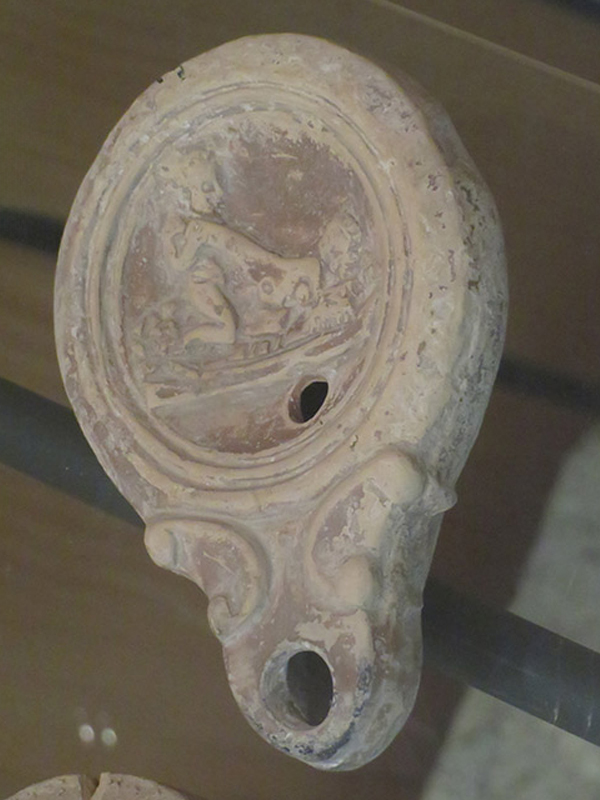 Part of the hillside also had a museum, which we took our time to go through. It had some large statues, lots of amphoras, broken pottery, Roman glass, and old Roman plumbing. Another large mosaic was inside, which came from the central room of the Peacock House. Strange faces in white stone which had once been pillar capitals looked out at us. There were several clay Roman lamps with sexual depictions.
Part of the hillside also had a museum, which we took our time to go through. It had some large statues, lots of amphoras, broken pottery, Roman glass, and old Roman plumbing. Another large mosaic was inside, which came from the central room of the Peacock House. Strange faces in white stone which had once been pillar capitals looked out at us. There were several clay Roman lamps with sexual depictions.
Then we walked across the street where we had parked. On a lower plateau of land was the second Roman town of La Villasse. It was also expansive, but we decided not to explore it, as we got a great overview of the entire area from the raised walkway. We could see baths, the Dolphin house, which had been found with a silver bust, and a street that would have been lined with shops.
We had one more stop to make before the day ended. We were off to the small town of Richerenches, once the fortified headquarters of the Knights Templar, first built in the 12th century and continually added to through the 18th century. It became one of the most important Commanderies of the Templars in Provence. In the center is the tourist office, which houses a museum, so we explored that first.
Today, the 16th century walls are mostly delineated by the houses around the periphery, the 14th century rounded towers at each of the four corners still stand, along with some of the original walls. In the center of the enclosed courtyard is also an ancient well, and an exit still shows the old wooden doors that now remain open.
Also on display in the museum were displays about the local wine production and quite a lot about the black truffle trade, which is extremely important to this town. Richerenches is believed to be the country’s biggest annual truffle market. The truffle’s local sourcing and selling is apparently a cloak and dagger affair, with business being handled by brokers behind buildings and from car trunks, strictly with cash. Somewhere between ten to twelve tons of the golf-size “black diamonds” are traded every year.
These are the tuber melanosporum truffles that usually grow below oak and hazelnut trees, but they can also be farmed, and many of the vineyards do a double business. This variety sells for around $20 per ounce, and up to $2000 per pound, depending upon the quality and the season. But not one store was open where we could purchase them, so we headed back to Aix.
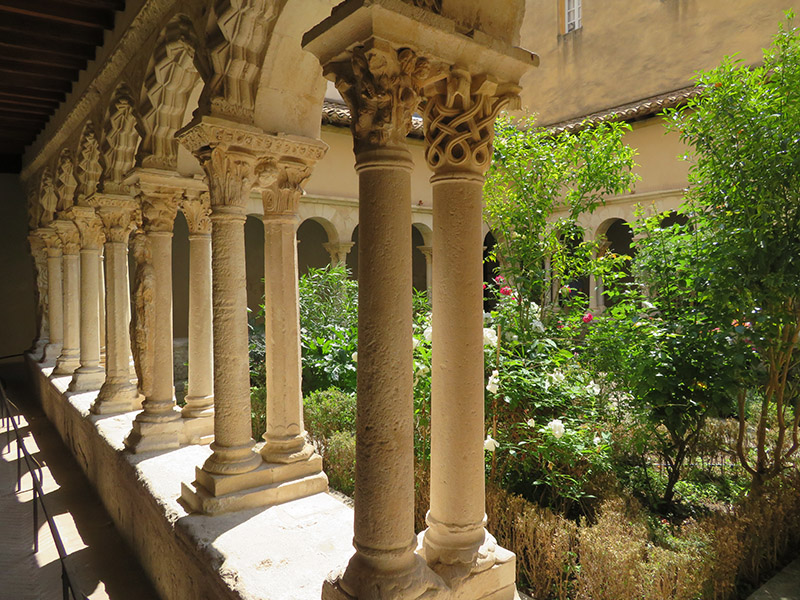
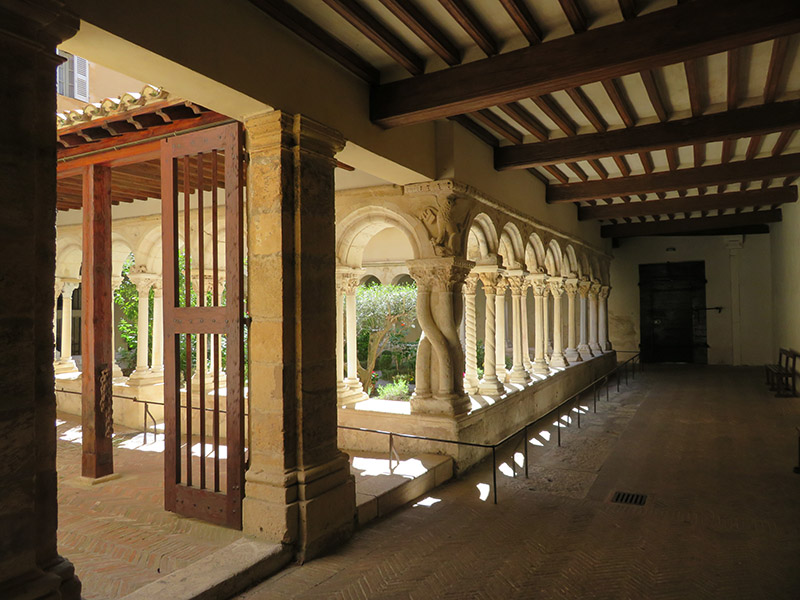
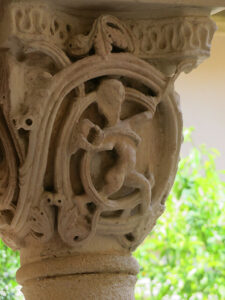
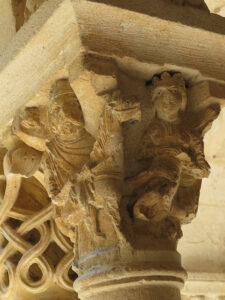
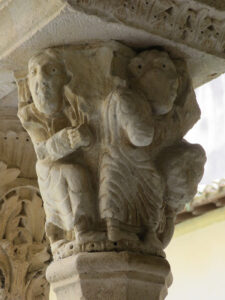
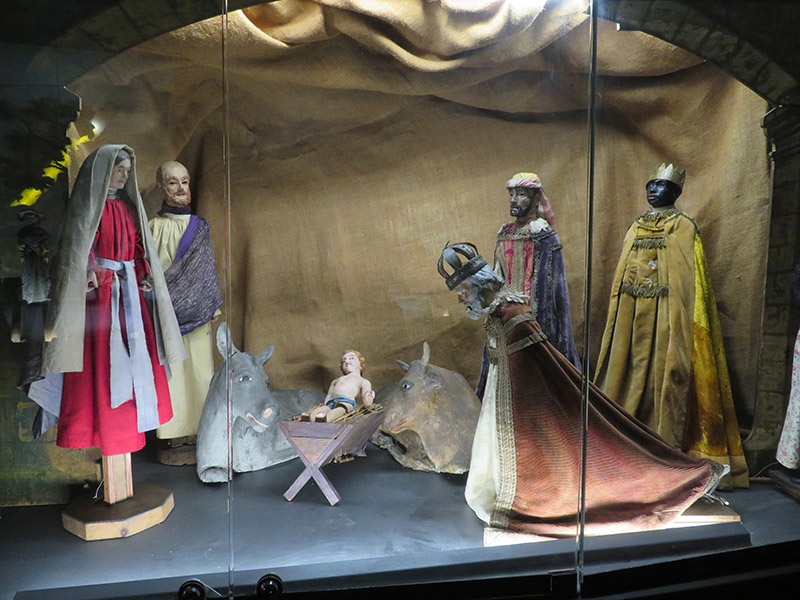
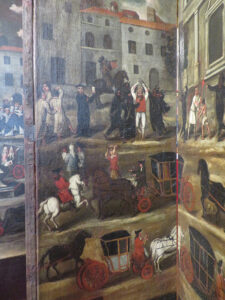
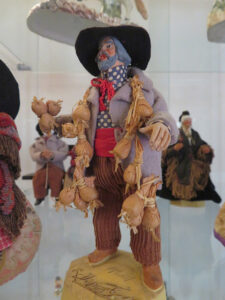
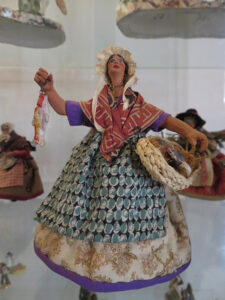
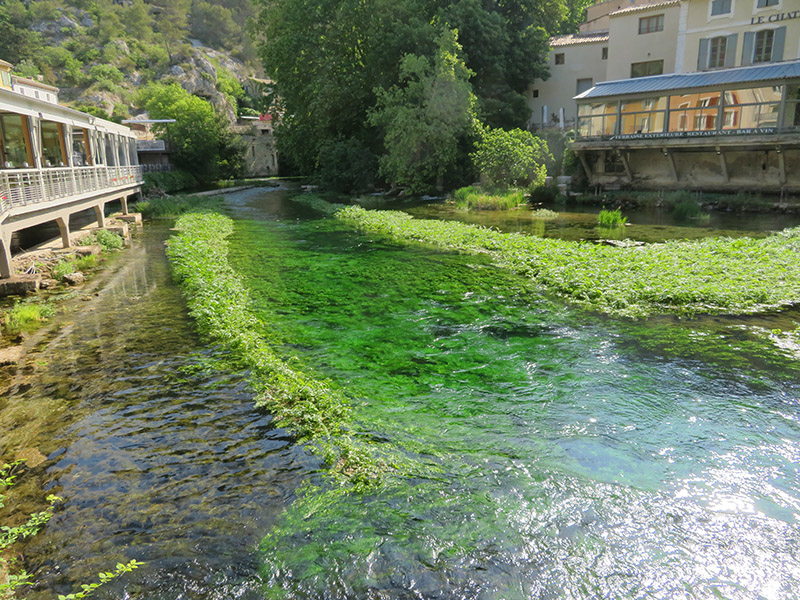
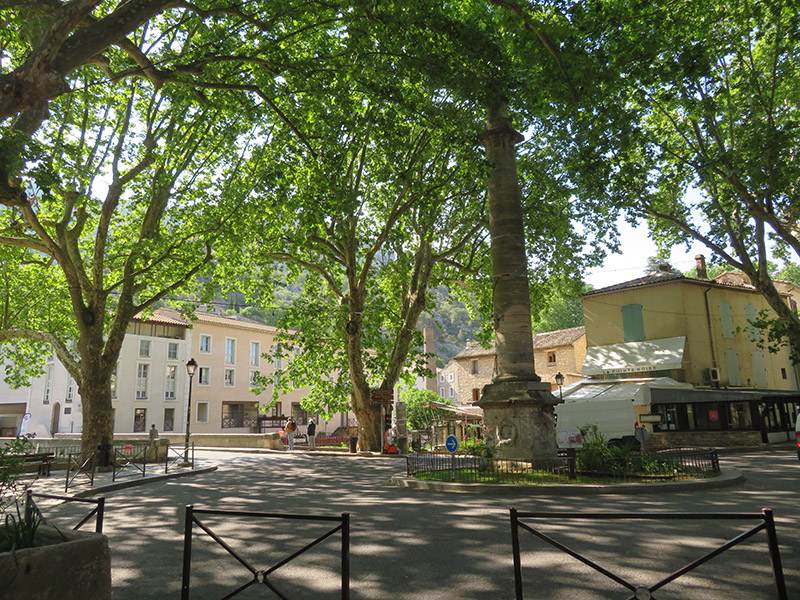
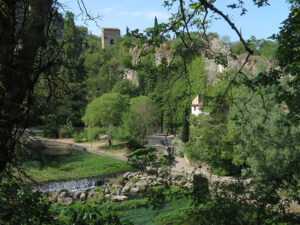
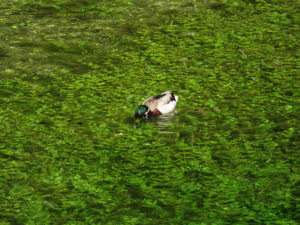
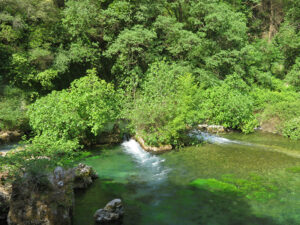
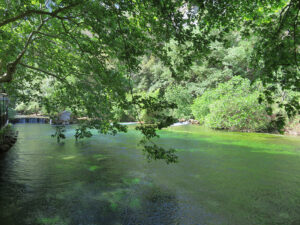
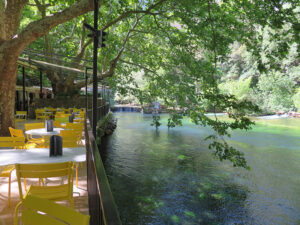
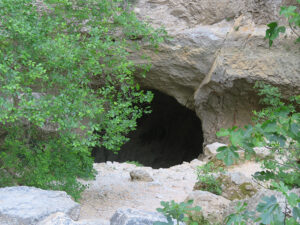
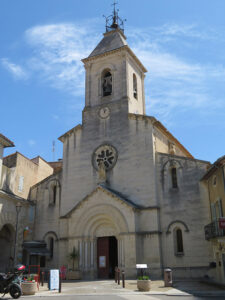
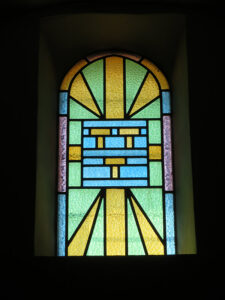
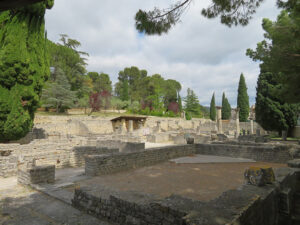
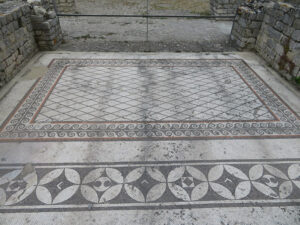
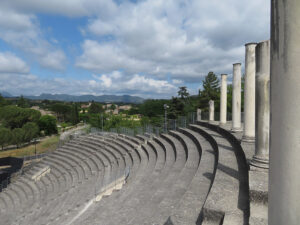
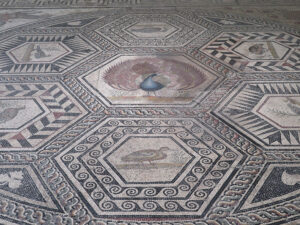
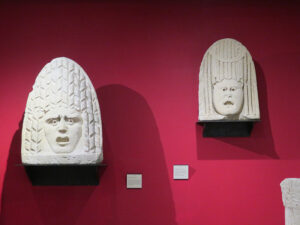
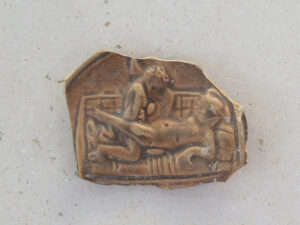
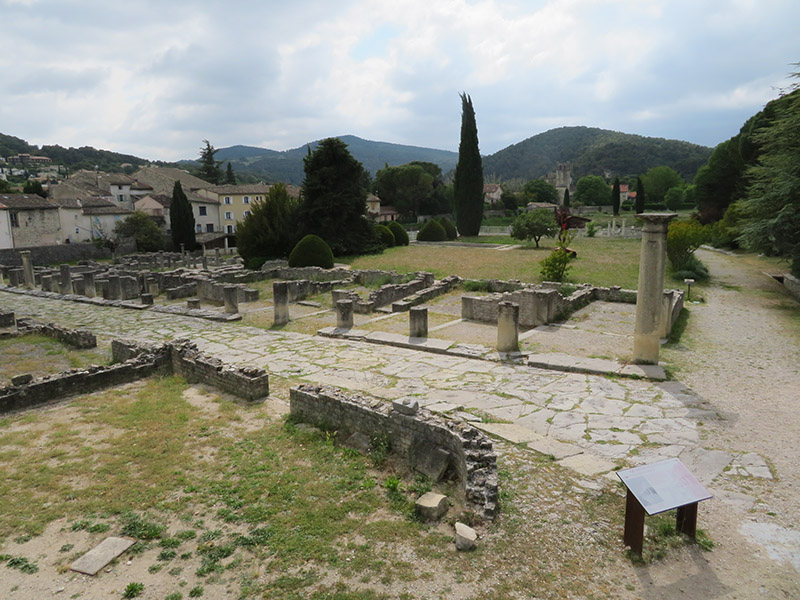
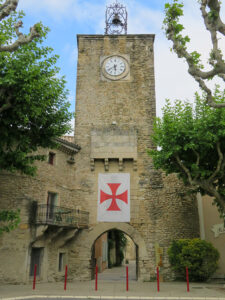
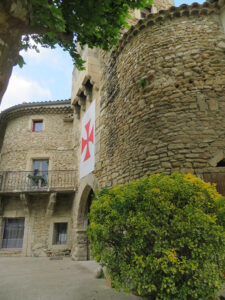
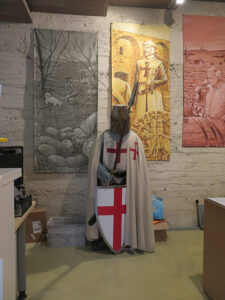
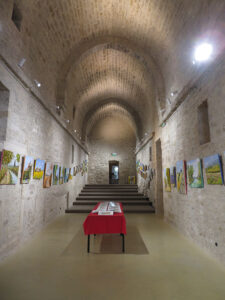
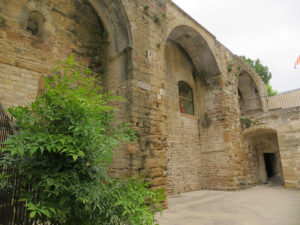
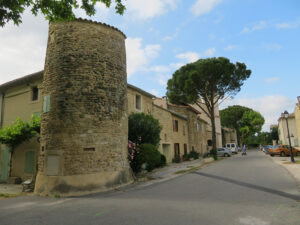
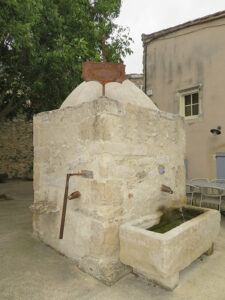
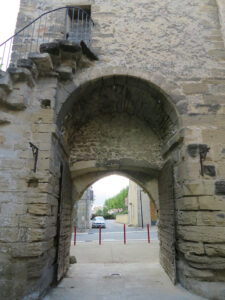
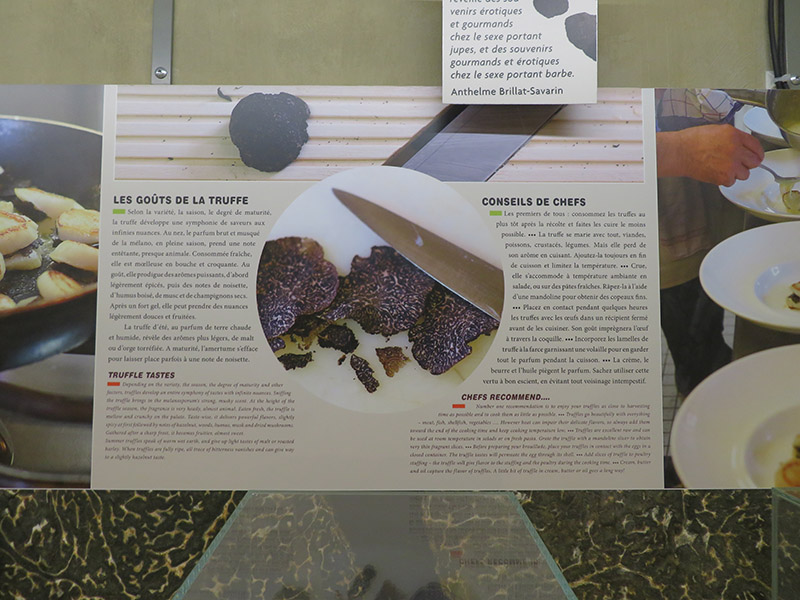
 The official website of Lita-Luise Chappell, writer on sex, magic, food, distant lands, and everyday life with articles, poetry, novels, travelogues, rituals, cookbooks, and short-stories.
The official website of Lita-Luise Chappell, writer on sex, magic, food, distant lands, and everyday life with articles, poetry, novels, travelogues, rituals, cookbooks, and short-stories.
